Description
Design: It consists of a padded, adjustable table secured to a sturdy frame. The child is positioned and secured with safety harnesses/straps (at the trunk, pelvis, and knees) while lying flat. The table is then slowly tilted upward, either manually or electrically, up to a 90-degree angle. It features a wide footboard with foot straps to manage weight-bearing.
Primary Goal: Assisted Standing: For children who cannot bear weight independently (e.g., due to cerebral palsy, spinal cord injury, or prolonged bed rest), the tilt table simulates the experience of standing safely and progressively.
Physiological Benefits: Regular standing is crucial for health and provides numerous benefits:
Bone Health: Promotes weight-bearing through the legs, which is vital for maintaining bone mineral density and reducing the risk of fractures.
Circulatory/Respiratory Function: Improves circulation, helps the autonomic nervous system adjust to an upright posture, and enhances lung capacity.
Range of Motion: Provides a sustained stretch to muscles and tendons in the hips, knees, and ankles, helping to prevent contractures and reduce spasticity.
Organ Function: Can help improve bowel and bladder function, which is often compromised by continuous sitting or lying.
Cognitive & Social Benefits: Being upright allows the child to engage with their environment at eye level, which can improve alertness, social interaction, and overall psychological well-being.
The tilt table is an essential tool in a comprehensive therapy program, providing crucial standing time that might otherwise be impossible.

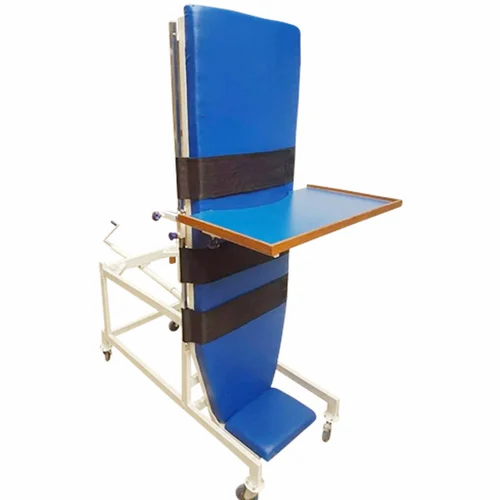



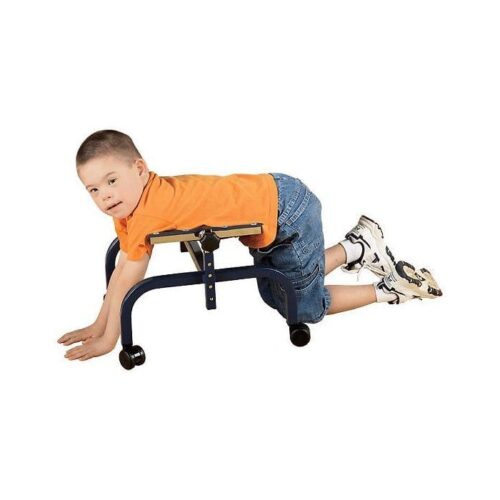

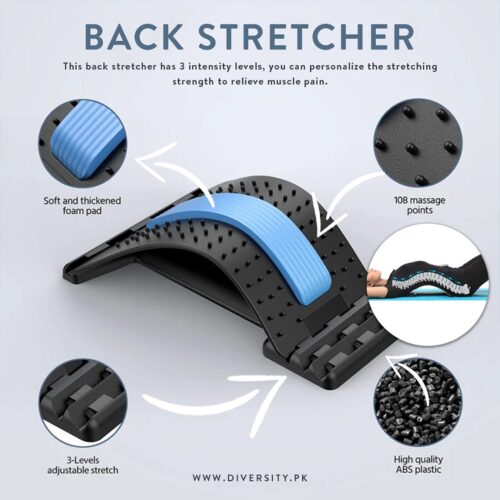
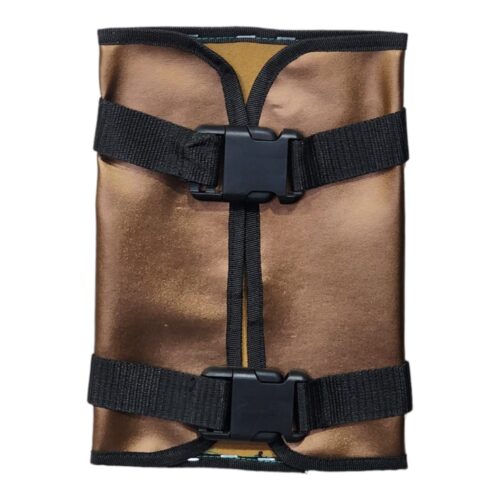



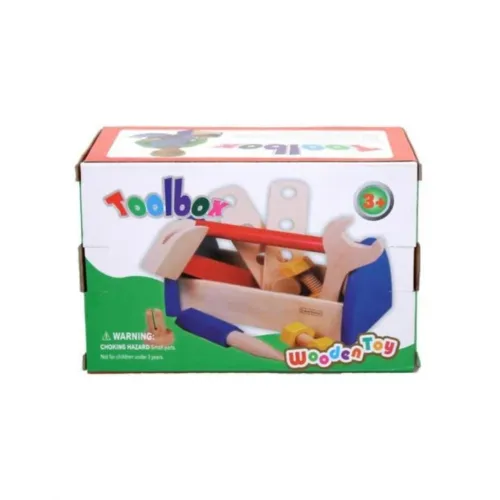


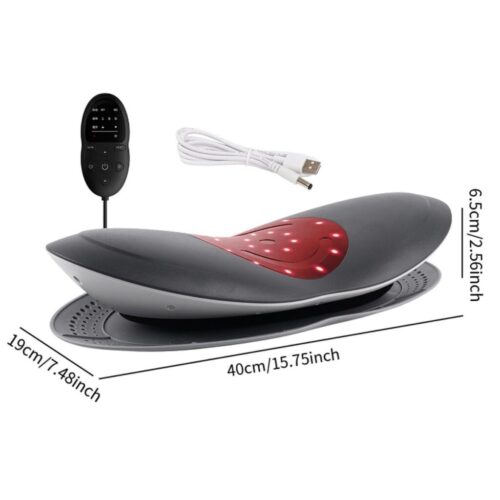

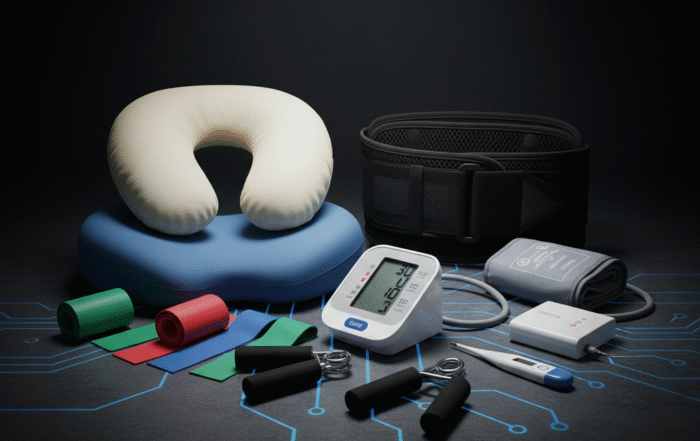
Reviews
There are no reviews yet.